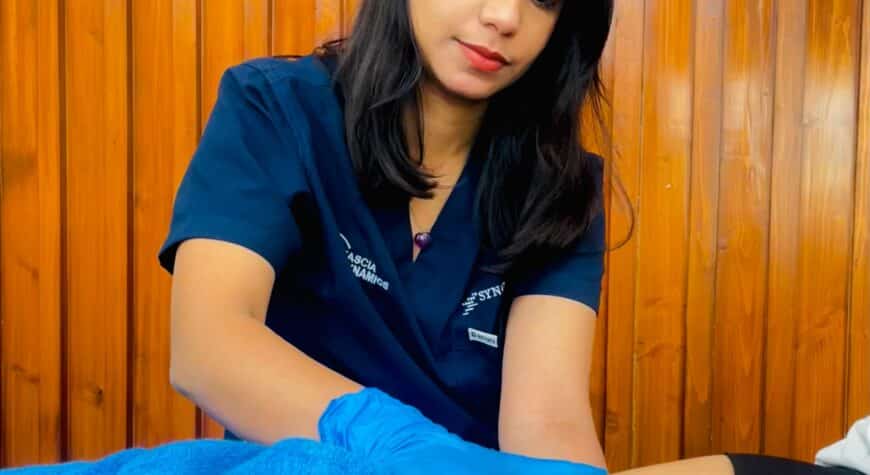Tugging, Tightness, Numbness: What Your C-Section Scar Is Telling You

Do You Feel Like This?
· A tight pull across your lower belly when stretching your arms?
· Strange numbness or tingling around your scar—even long after healing?
· Discomfort when lying flat, rolling in bed, or engaging your core?
· One side of your lower body feeling “off”—tighter, weaker, or less stable?
You’re not alone. These sensations are common after a C-section—but that doesn’t mean they’re normal. And you don’t have to live with them.
What Your Scar Doesn’t Show: The Layers Beneath
A C-section might leave only a small external scar, but under the surface, your body undergoes significant changes. Surgeons pass through seven layers—skin, fat, fascia, abdominal muscles, peritoneum, and uterus.
While the skin heals quickly, deeper layers often develop scar tissue and adhesions—sticky areas that prevent normal movement between muscles, fascia, and organs. This can lead to long-term tightness, discomfort, or dysfunction, especially if those deeper tissues don’t regain mobility naturally.
Hidden Clues: Could These Be Scar-Related? You may be experiencing signs of deeper fascial restrictions:
· Pulling or tightness with movement
· Numbness, tingling, or burning sensations near the scar
· Core weakness or imbalance
· Back, hip, or pelvic pain
· Shallow breathing or rib cage stiffness
· Constipation or bloating
· Pain during intimacy
· Bladder urgency or incomplete emptying
· Fatigue with daily tasks
· Feeling disconnected from your lower belly
These are not “just part of recovery.” They’re real—and often treatable.
Why This Happens: The Fascial Web at Work
Your fascia is a responsive web of connective tissue that wraps around every muscle, nerve, and organ. After surgery, it can become tight and sticky. Without movement and treatment, this leads to:
· Limited mobility of internal organs
· Muscle coordination issues in your core and pelvic floor
· Postural imbalances and referred pain
· Disruptions in breathing and stability
Even a small scar can create far-reaching effects if the underlying fascia is restricted.
—
What Can Help: Hands-On Therapy That Works
You don’t have to stay stuck. Gentle, skilled bodywork and rehab can offer real relief:
· Scar tissue massage: Releases tight or stuck areas around the scar
· Visceral mobilization: Helps internal organs move freely again
· Myofascial release: Restores balance across fascia in your trunk and pelvis
· Core and breath retraining: Rebuilds deep coordination between your diaphragm, abs, and pelvic floor
With the right support, you can reclaim ease, strength, and connection in your body—starting from the inside out.
